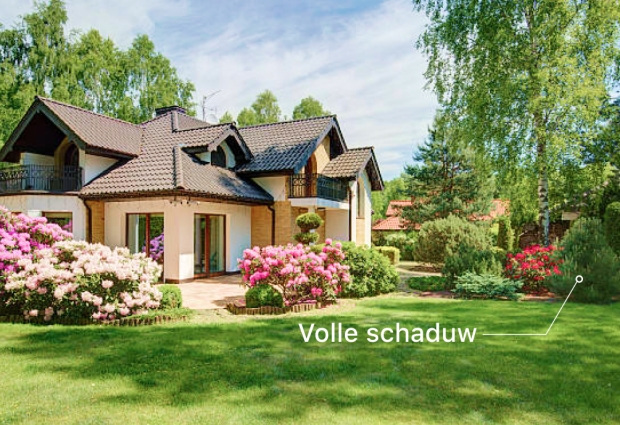





















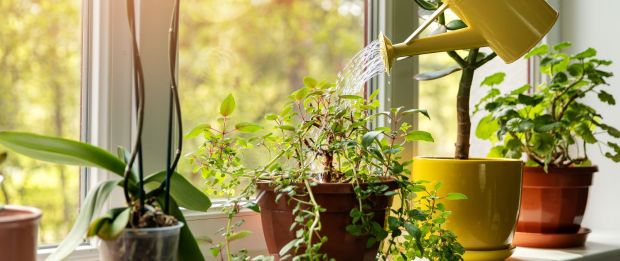
Water in a Better Way
As it is a type of drought tolerant plant, _COMMON NAME_ can be watered after the soil becomes bone-dry. Excessive accumulation of water in the soil can easily lead to root rot.
Before watering, please poke a pencil two inches or three down into the soil, then pull it out. If the pencil is still dry, then it means the soil is dry now, and it’s better to water. Otherwise, you can try this again the next day. You can also perform this test with your finger.
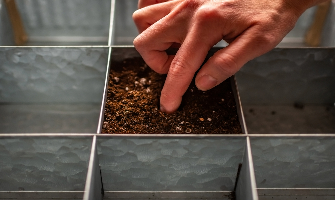
When a plant needs water, its leaves may change color, or feel brittle to the touch.
In those over-watering cases, the leaves will likely turn brown or yellow or have blisters.
Moreover, if you see mushy stems, mold in soil or the whole wilting plant, it means the plant is badly over-watered
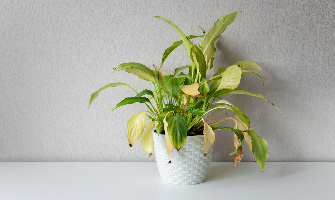
If you grow _COMMON NAME_ in pots, it’s an effective method to let the roots of your plants get water and grow stronger:
This method is also suitable for when the soil is compacted due to dryness, or when watering from above cannot make the soil fully absorb moisture.
The simplest and the best way to water most plants:
As for potted plants, the amount of water to use should be between ¼ and ⅓ of the pot’s volume.
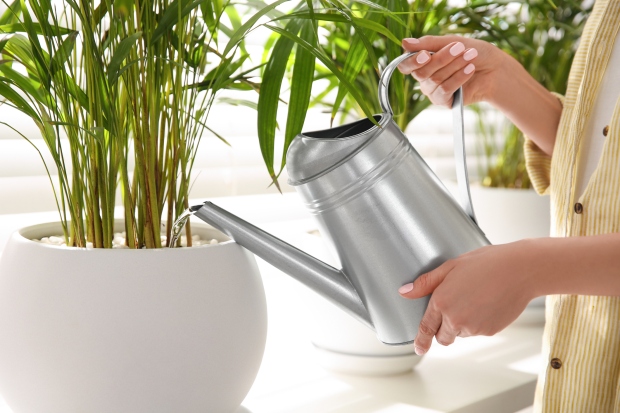
The water you use to water your plants should be cool or at room temperature. Water that is too hot may do more harm to your plants than good.
During summer, when the weather is the hottest, you will likely need to water your plants more than usual. The hot temperatures can cause your soil to dry out more quickly, meaning your plant’s roots won’t have access to the moisture they need. The opposite is true in winter. During winter, most plants are in a dormant state and won’t require water as they are not actively growing.
The time of day can affect your watering schedule. In many instances, watering in the morning is best. Watering in the morning ensures your plants will have time to soak up the moisture they need. Watering in the morning also gives the plant’s leaves a chance to dry out throughout the day rather than accumulate excessive moisture that can cause disease. Watering during midday, especially in summer, is not always a wise idea as the strong sun can cause the water to evaporate before your plants can use it.
Not giving your plants water will usually cause them to die but giving too much water is a serious problem too. Overwatering can lead to complications such as root rot and may even kill your plants. Study the water preferences of the species you grow to get the watering volume just right.

Water in a Better Way
_COMMON NAME_ has a relatively good tolerance of short time of dry or moist soil, so you can water it when its soil is slightly dry.
One way to test if your plant’s soil has become too dry is to use your finger. All you need to do is poke your finger an inch or two down into the soil, then pull it out and see if it is still dry. If so, there is a good chance that you should give your plant more water. You can also perform this test with a pencil using the same method.

When a plant needs water, its leaves may change color, or feel brittle to the touch.
In those over-watering cases, the leaves will likely turn brown or yellow or have blisters.
Moreover, if you see mushy stems, mold in soil or the whole wilting plant, it means the plant is badly over-watered

If you grow _COMMON NAME_ in pots, it’s an effective method to let the roots of your plants get water and grow stronger:
This method is also suitable for when the soil is compacted due to dryness, or when watering from above cannot make the soil fully absorb moisture.
The simplest and the best way to water most plants:
As for potted plants, the amount of water to use should be between ¼ and ⅓ of the pot’s volume.

The water you use to water your plants should be cool or at room temperature. Water that is too hot may do more harm to your plants than good.
During summer, when the weather is the hottest, you will likely need to water your plants more than usual. The hot temperatures can cause your soil to dry out more quickly, meaning your plant’s roots won’t have access to the moisture they need. The opposite is true in winter. During winter, most plants are in a dormant state and won’t require water as they are not actively growing.
The time of day can affect your watering schedule. In many instances, watering in the morning is best. Watering in the morning ensures your plants will have time to soak up the moisture they need. Watering in the morning also gives the plant’s leaves a chance to dry out throughout the day rather than accumulate excessive moisture that can cause disease. Watering during midday, especially in summer, is not always a wise idea as the strong sun can cause the water to evaporate before your plants can use it.
Not giving your plants water will usually cause them to die but giving too much water is a serious problem too. Overwatering can lead to complications such as root rot and may even kill your plants. Study the water preferences of the species you grow to get the watering volume just right.

Water in a Better Way
_COMMON_NAME_ favors an evenly moist environment, so it’s suggested to keep its soil moist but not too wet.
It’ll be good to feel the soil to see if it really needs water. Touch the surface of the soil with your fingers, if it feels dry then it’s the proper time to water it. However, if it feels wet, watering is not necessary today, and please give it a test the next day.

When a plant needs water, its leaves may change color, or feel brittle to the touch.
In those over-watering cases, the leaves will likely turn brown or yellow or have blisters.
Moreover, if you see mushy stems, mold in soil or the whole wilting plant, it means the plant is badly over-watered

If you grow _COMMON_NAME_ in pots, it’s an effective method to let the roots of your plants get water and grow stronger:
This method is also suitable for when the soil is compacted due to dryness, or when watering from above cannot make the soil fully absorb moisture.
The simplest and the best way to water most plants:
As for potted plants, the amount of water to use should be between ¼ and ⅓ of the pot’s volume.

The water you use to water your plants should be cool or at room temperature. Water that is too hot may do more harm to your plants than good.
During summer, when the weather is the hottest, you will likely need to water your plants more than usual. The hot temperatures can cause your soil to dry out more quickly, meaning your plant’s roots won’t have access to the moisture they need. The opposite is true in winter. During winter, most plants are in a dormant state and won’t require water as they are not actively growing.
The time of day can affect your watering schedule. In many instances, watering in the morning is best. Watering in the morning ensures your plants will have time to soak up the moisture they need. Watering in the morning also gives the plant’s leaves a chance to dry out throughout the day rather than accumulate excessive moisture that can cause disease. Watering during midday, especially in summer, is not always a wise idea as the strong sun can cause the water to evaporate before your plants can use it.
Not giving your plants water will usually cause them to die but giving too much water is a serious problem too. Overwatering can lead to complications such as root rot and may even kill your plants. Study the water preferences of the species you grow to get the watering volume just right.
_COMMON_NAME_ is het meest geschikt om te groeien in de Indirect zonlicht positie, het heeft helder licht nodig, maar moet blootstelling aan direct zonlicht vermijden, anders kan het brandplekken veroorzaken. Indirect zonlicht verwijst naar de plaats waar er geen direct zonlicht is, maar de hele dag helder licht. Het is over het algemeen de positie binnen, weg van het raam, of de positie in de tuin onder de grote boom waar het zonlicht de hele dag wordt geblokkeerd.
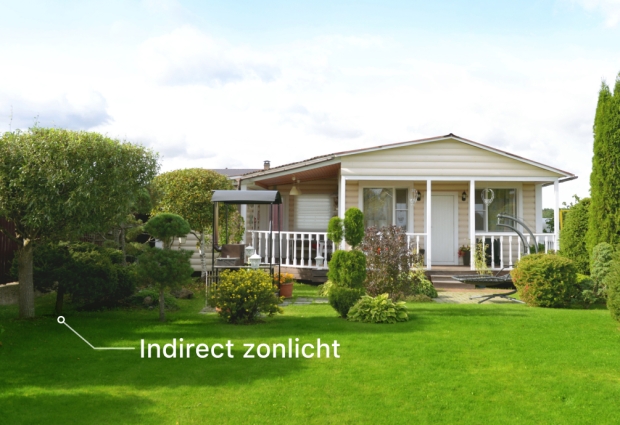
_COMMON_NAME_ is het meest geschikt om te groeien in de Indirect zonlicht positie, het heeft helder licht nodig, maar moet blootstelling aan direct zonlicht vermijden, anders kan het brandplekken veroorzaken. Indirect zonlicht verwijst naar de plaats waar er geen direct zonlicht is, maar de hele dag helder licht. Het is over het algemeen de positie binnen, weg van het raam, of de positie in de tuin onder de grote boom waar het zonlicht de hele dag wordt geblokkeerd.
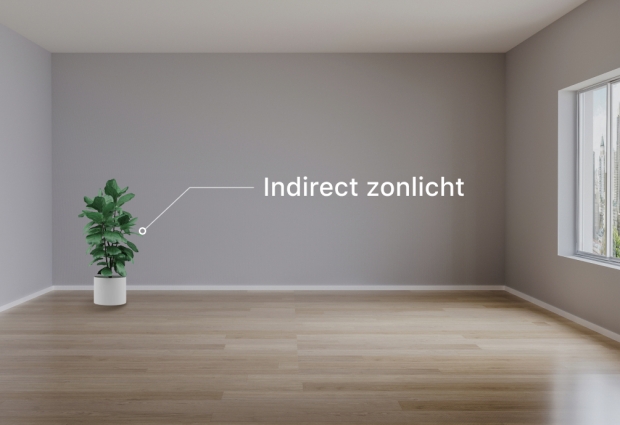
_COMMON_NAME_ is het meest geschikt om in de volle schaduw te groeien. Hij heeft slechts een korte periode zon nodig om gezond te groeien, te veel zonlicht kan verbranding veroorzaken. Volle schaduw verwijst naar minder dan 3 uur per dag direct zonlicht, meestal door een raam op het noorden (noordelijk halfrond), of de positie in de tuin onder een boom waar het zonlicht niet de hele dag wordt geblokkeerd.
